the elegance of the 1900s
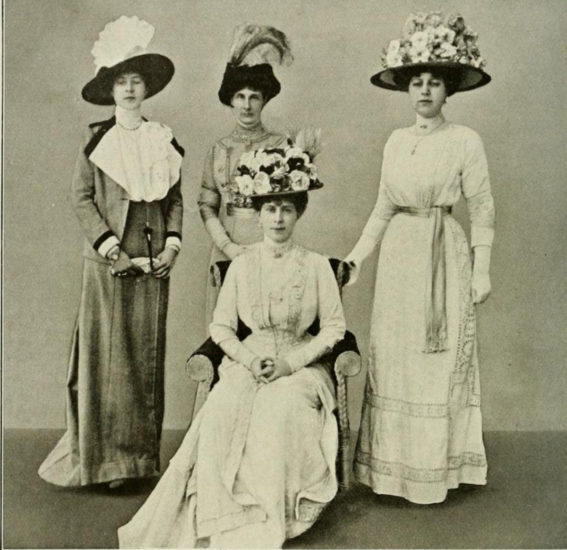
Edwardian fashion refers to the clothing that was in style between the late 1890s and 1914 or the beginning of the Great War (World War I). Also called La Belle Epoque (the Beautiful Era), and the Gilded Age, this was a time when women’s fashions took on a new opulence and extravagance, inspired by the hedonistic lifestyle of Britain’s King Edward VII.
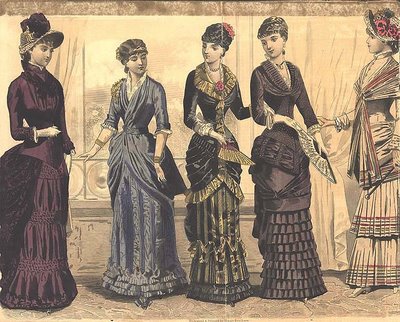
The design trends of the Edwardian era revolved around the S curve when corsets created an S-shaped female silhouette, a change from the Victorian hourglass figure. The S bend corset forced the hips back and bust forward. The ideal female figure was a mature woman with a pigeon-shaped monobosom.
The British royal family was the trendsetters of the day. British high society reigned as the cultural elite and Edward’s extravagance ruled fashion and set the tone for behavior and fashion. Middle-class women looked up to the elite for inspiration and hoped to emulate their ‘betters.’
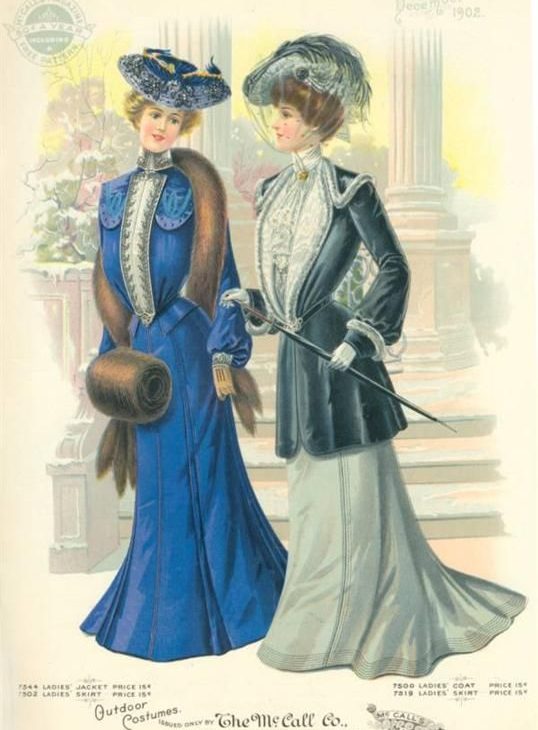
The Influence of the Industrial Revolution on Ladies’ Fashion
Sewing machines enabled the production of ready-made clothing and made it easier for women to sew their own clothes. An increased literacy in the new middle class gave women access to information. The opposing concepts of an educated middle-class woman who was active and outgoing contrasted with the urge toward luxury and hedonism to create the culture we call Edwardian.
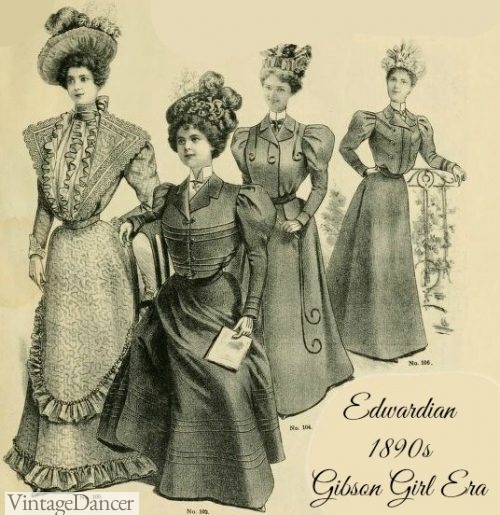
Edwardian Fashion Icons
All fashion eras have their archetypes. Edwardian trendsetters included the Gibson Girl and Alice Roosevelt Longworth.
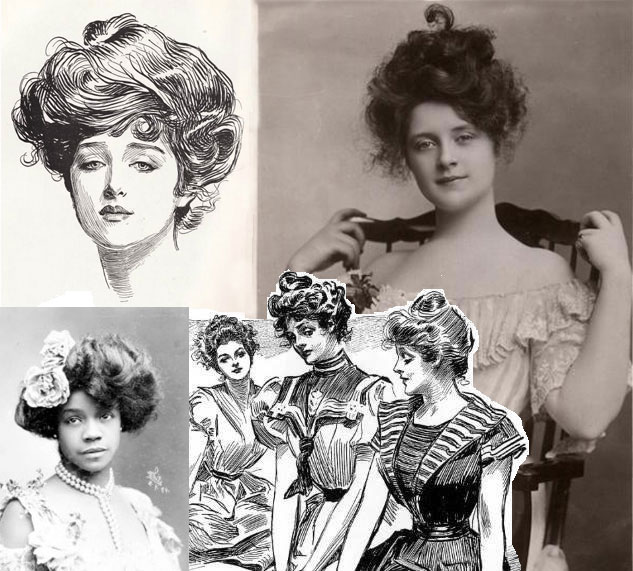
The Gibson Girl was a fictitious, unnamed character portrayed in the illustrations of Charles Dana Gibson, who created what would become the feminine ideal for 20 years. The Gibson Girl was shown as youthful and strong, fun-loving, yet sophisticated. She was tall and slender with a long neck, ample bust and hips, and a small waist. Her upswept bouffant hairdo was all the rage, and her aristocratic bearing inspired young women everywhere. The Gibson Girl was smart and independent, charming, and intelligent but was never shown to be political or interested in social causes. The Gibson Girl became a merchandising bonanza. Her face and form were depicted on trays, on prints, pillowcases, souvenirs, and ashtrays.
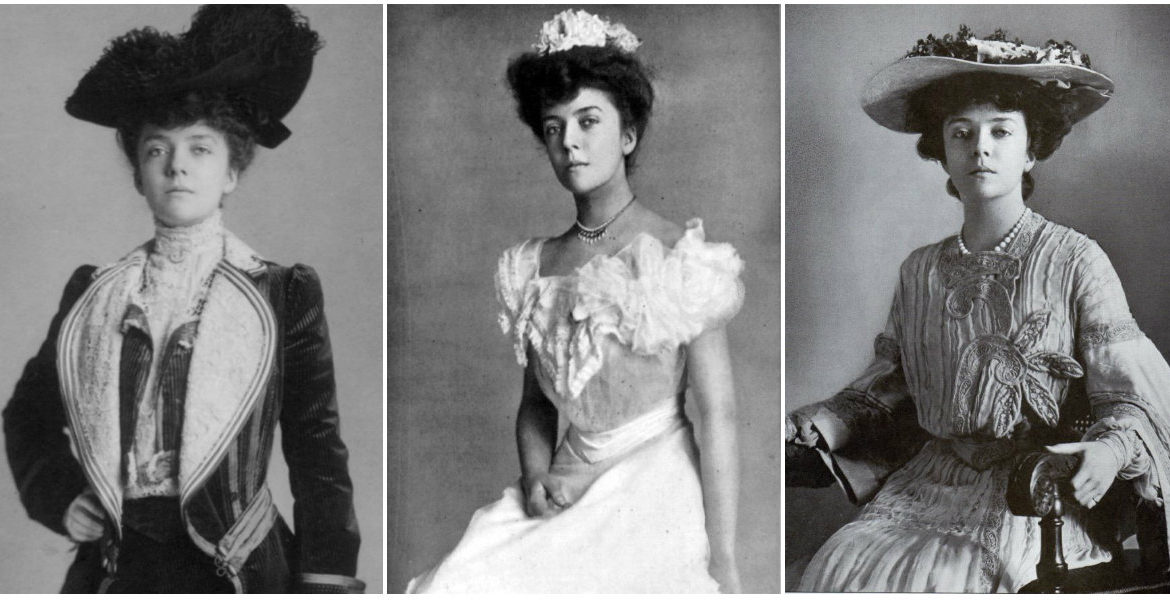
Alice Roosevelt Longworth, the eldest daughter of Theodore Roosevelt, was a high profile society figure in the USA. Beautiful and outspoken, Alice rode in cars with men, smoked, and kept a pet snake. The song “Alice Blue Gown,” referred to the popular shade called Alice Blue named after her eyes: light blue with a hint of gray. Her father, the President of the United States once said, “Either I can run the country or tend to Alice but I can’t possibly do both.”
As the century changed, so changed clothing design trends. Gone was the bustle (a pad at the rear end) and heavy fabrics of the previous century. A new, lighthearted concept overtook women’s fashions along with a sentiment of eternal summer with dresses made of lightweight fabrics for a more active lifestyle.
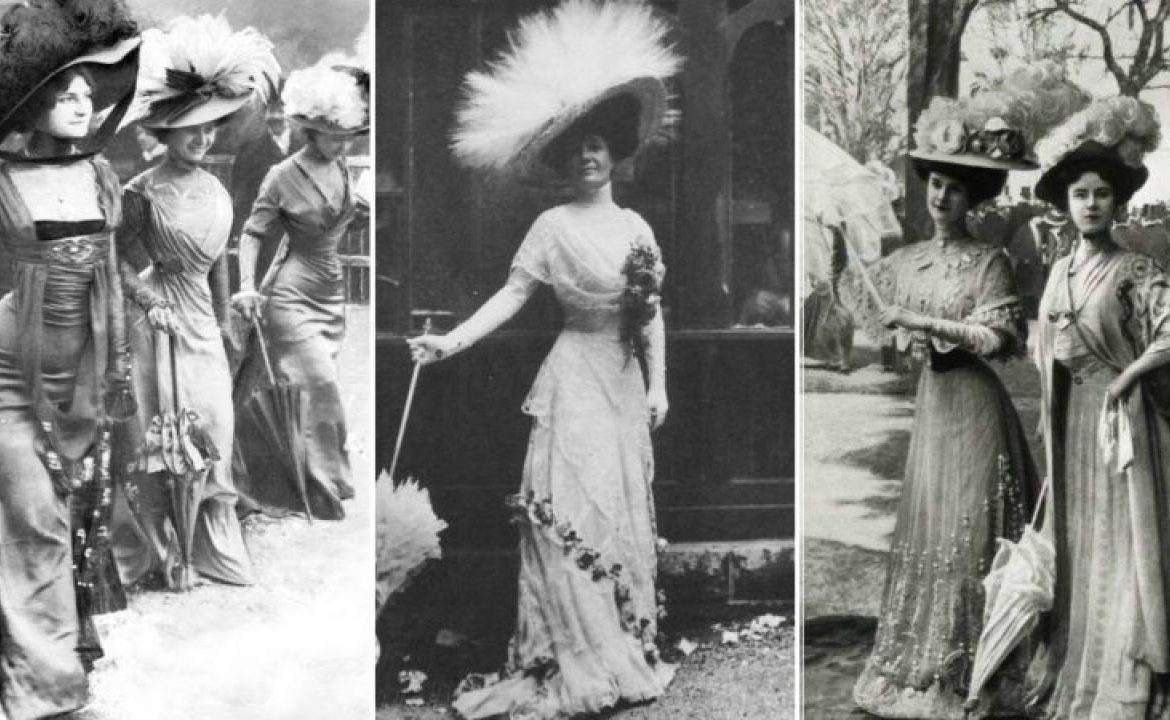
- The 2-piece dress came into vogue. Skirts hung tight at the hips and flared at the hem, creating a trumpet or lily-like shape.
- Skirts in 1901 had decorated hems with ruffles of fabric and lace.
- Some dresses and skirts featured trains.
- Tailored jackets, first introduced in 1880, increased in popularity, and by 1900, tailored suits became hugely popular.
- By 1904 skirts became fuller and less clingy.
- In 1905 skirts fell in soft folds that curved in, then flared out near the hemlines.
- From 1905–1907, waistlines rose.
- In 1910 the hobble skirt was introduced: a tight-fitting skirt that restricted a woman’s stride.
- Lingerie dresses, or tea gowns made of soft fabrics, festooned with ruffles and lace were worn indoors.
Influential Edwardian Fashion Designer Paul Poiret
Ladies’ Edwardian fashion was greatly influenced by the designer Paul Poiret, known as the creator of modern clothing shapes and designs. His clothing designs were inspired by art, including classicism, Orientalism, and Art Nouveau. Poiret’s comfortable styles freed women from the constriction of corsets and relied on draping for a feminine effect.
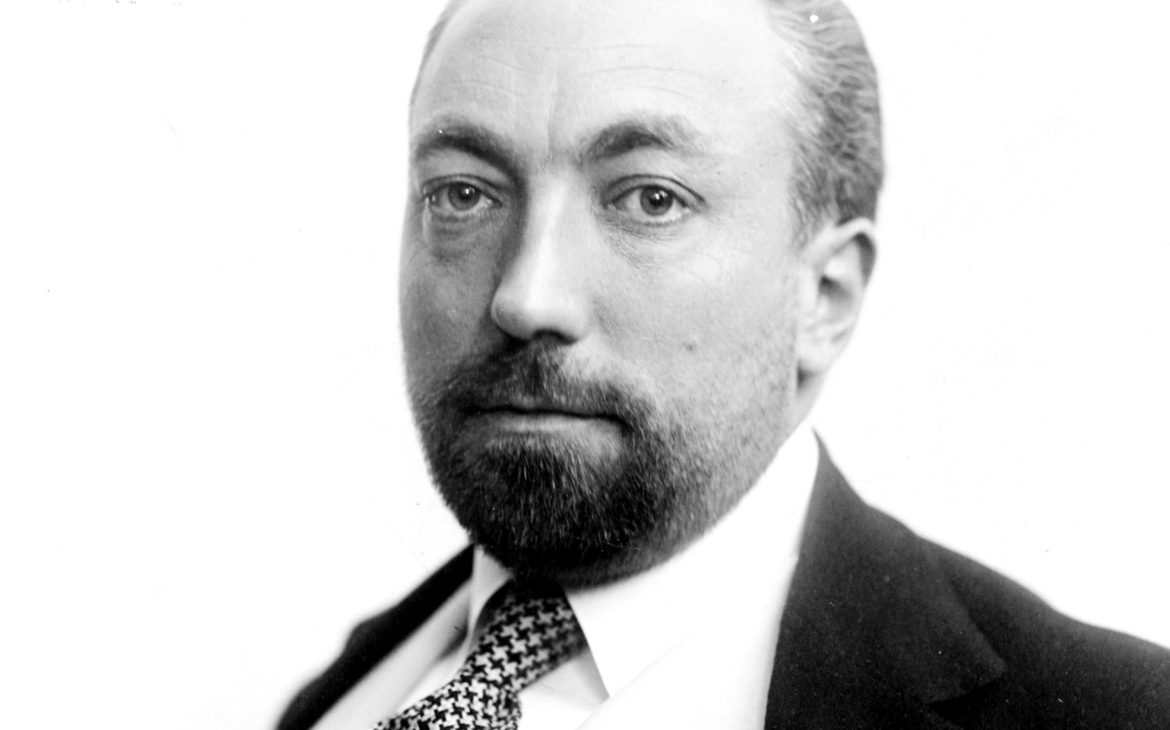
In 1908, he introduced the straight tube sheath dress. Women abandoned the S corset for longer, straighter corsets. His styles based on traditional costumes of the Middle East became popular after the Ballet Russes performed Scheherazade in Paris in 1910. Fashion concepts included designs based on harem wear in bright colors with beaded embellishment. The lampshade tunic came into vogue toward the end of Edwardian times as did the Directoire style of 1912 (as pictured at the top of this article), which featured a high waist that accentuated a long, slim figure.
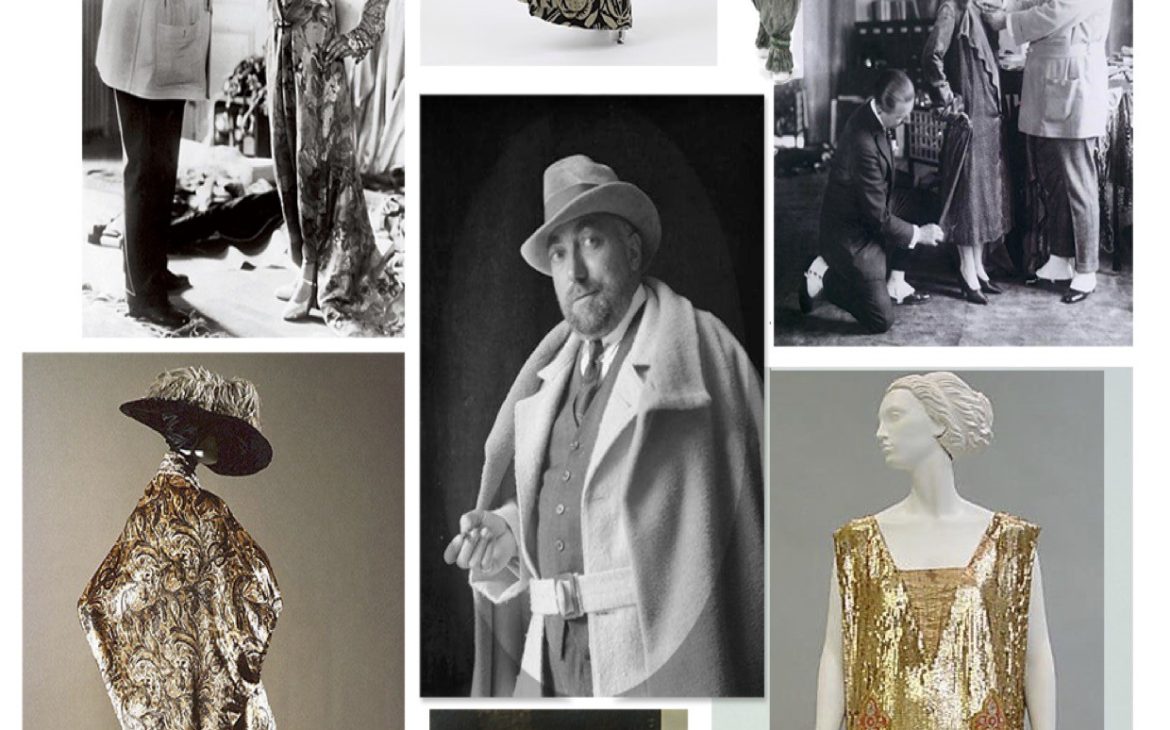
Turbans and jeweled slippers were a feature of Orientalism and a new exotic style of dress for Edwardian women.
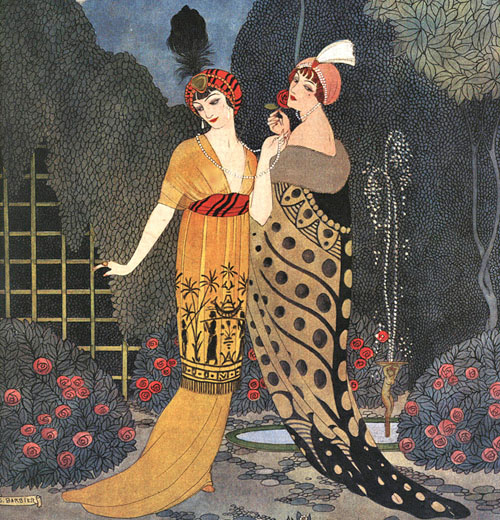
Thank you, See you soon…
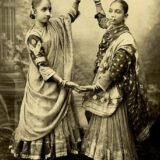

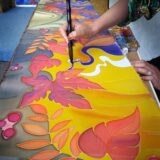

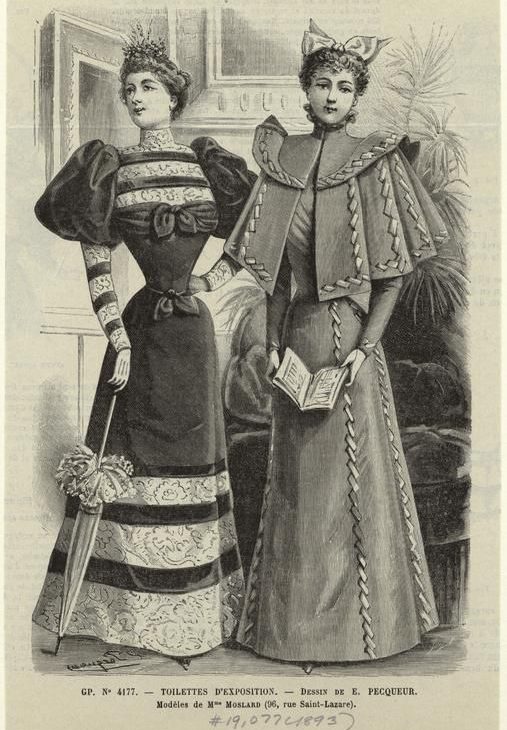
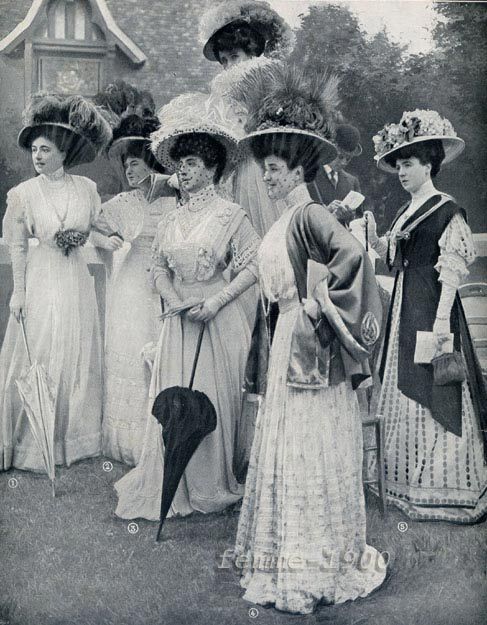
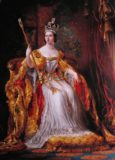
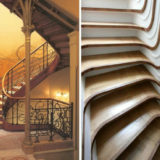

Comments are closed.